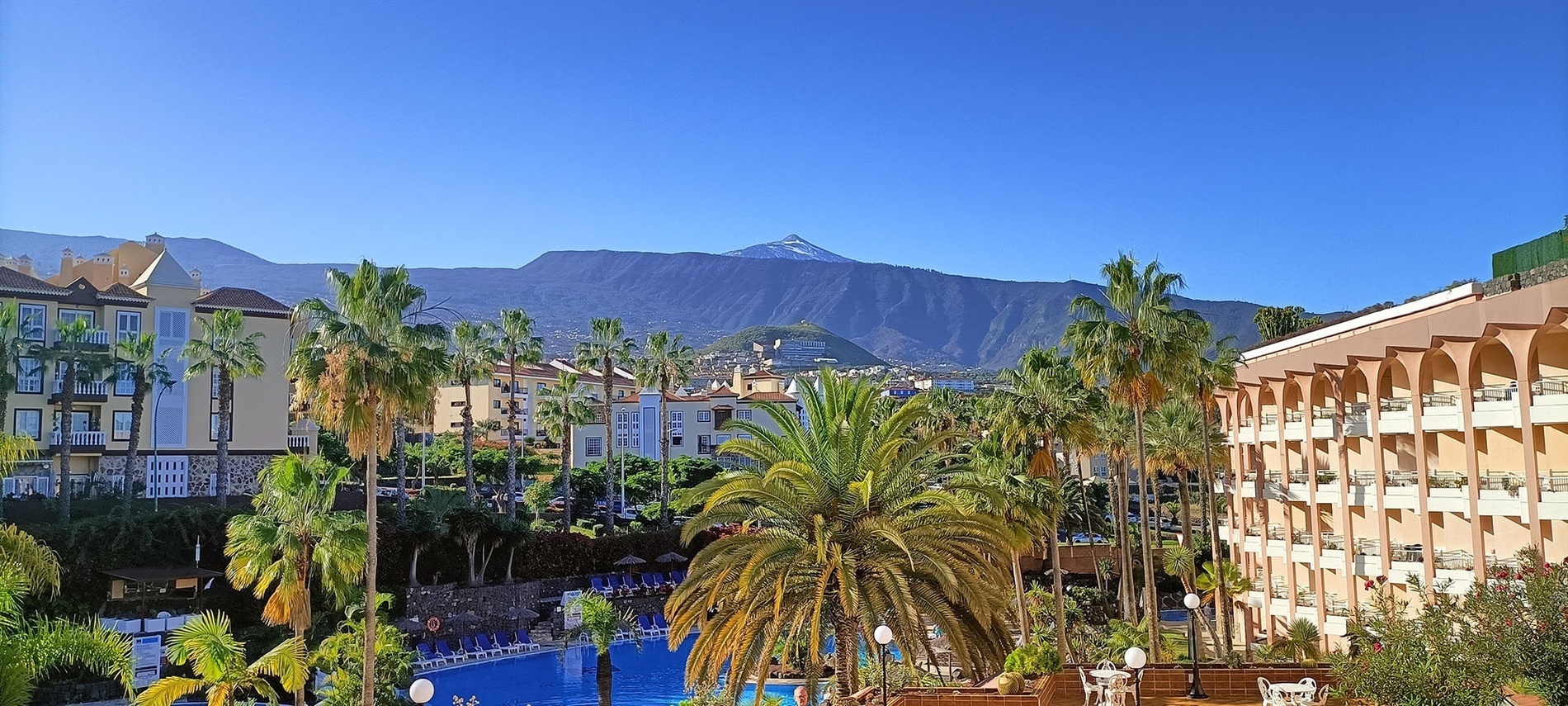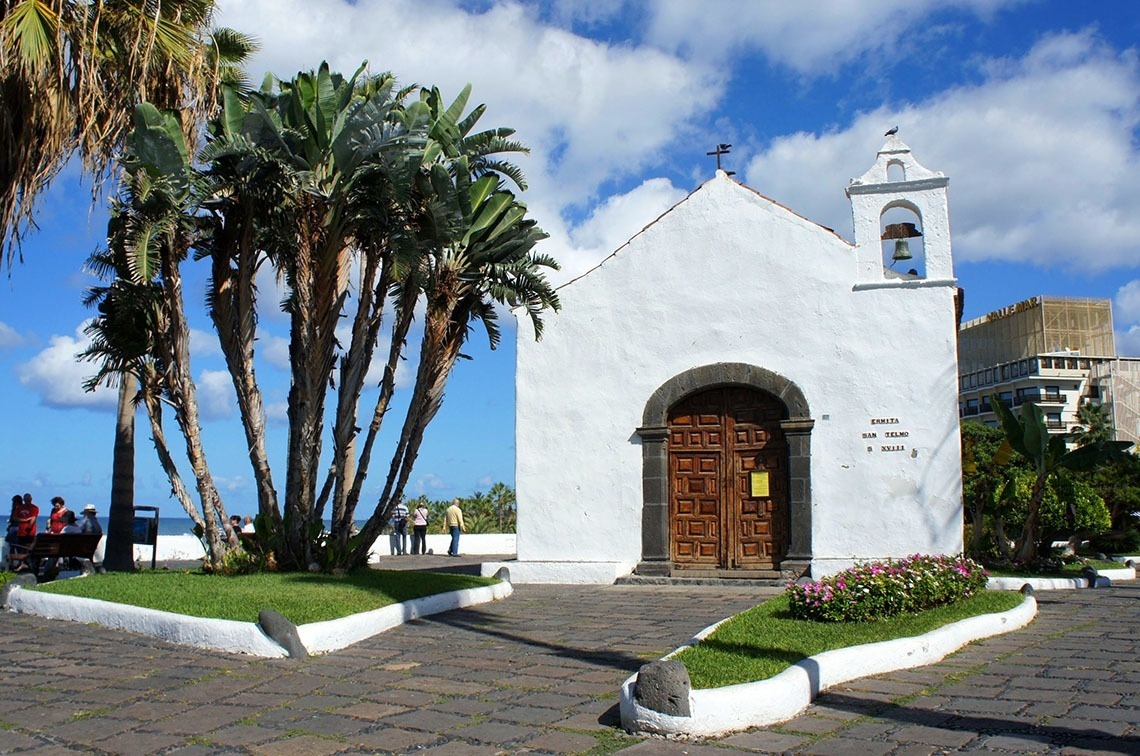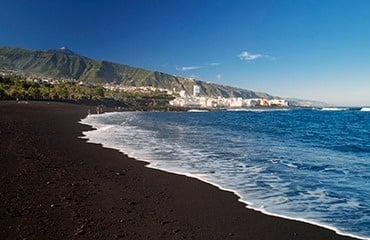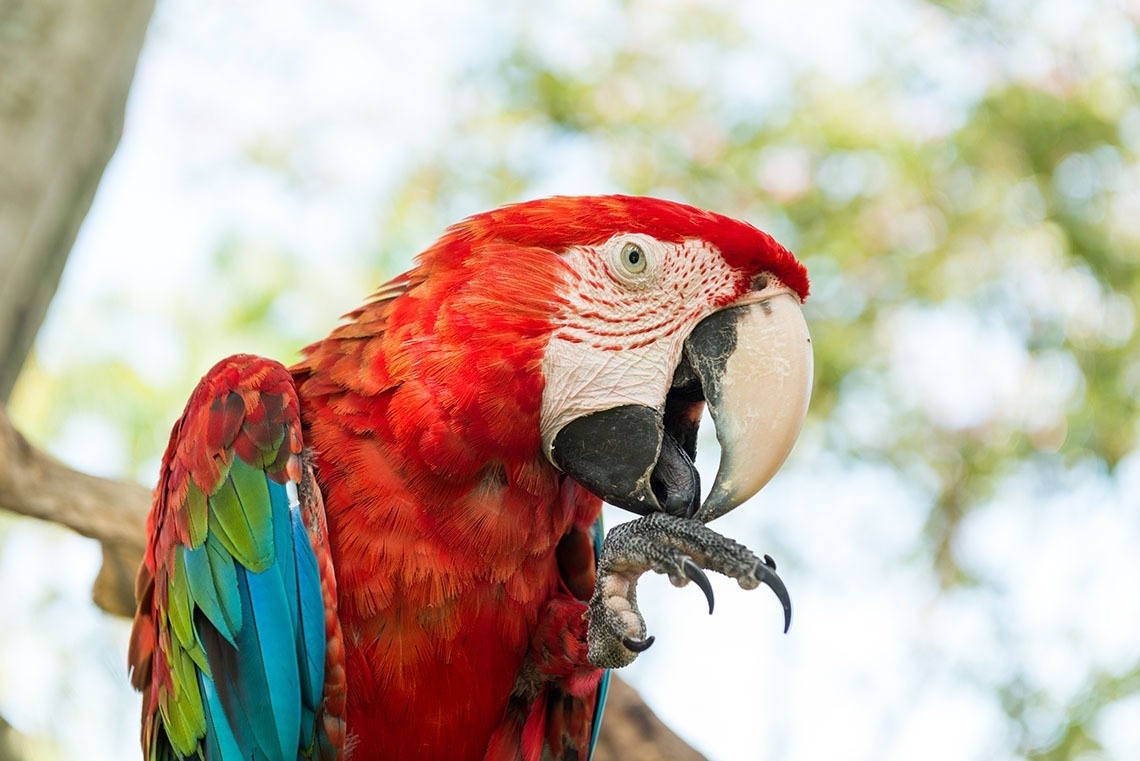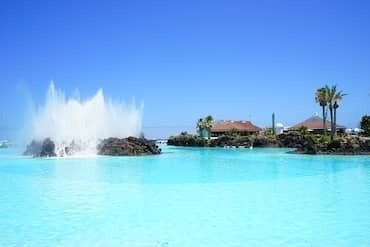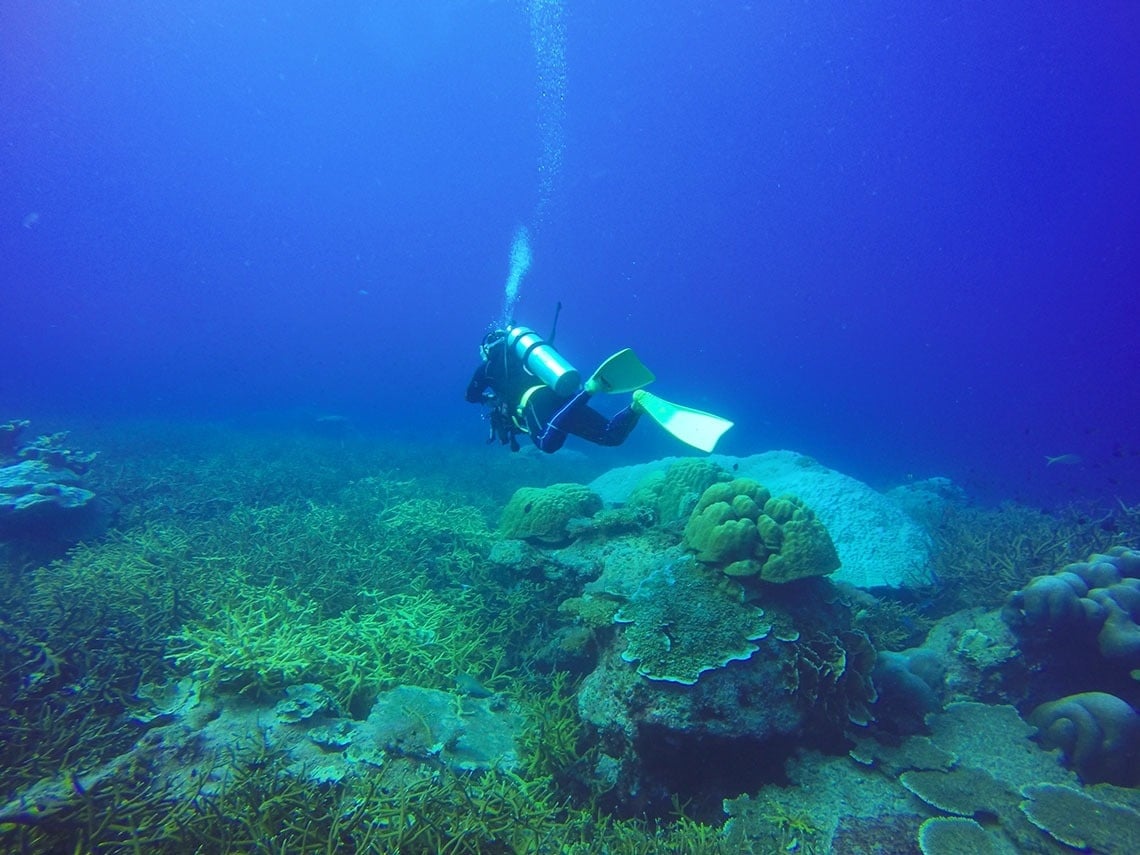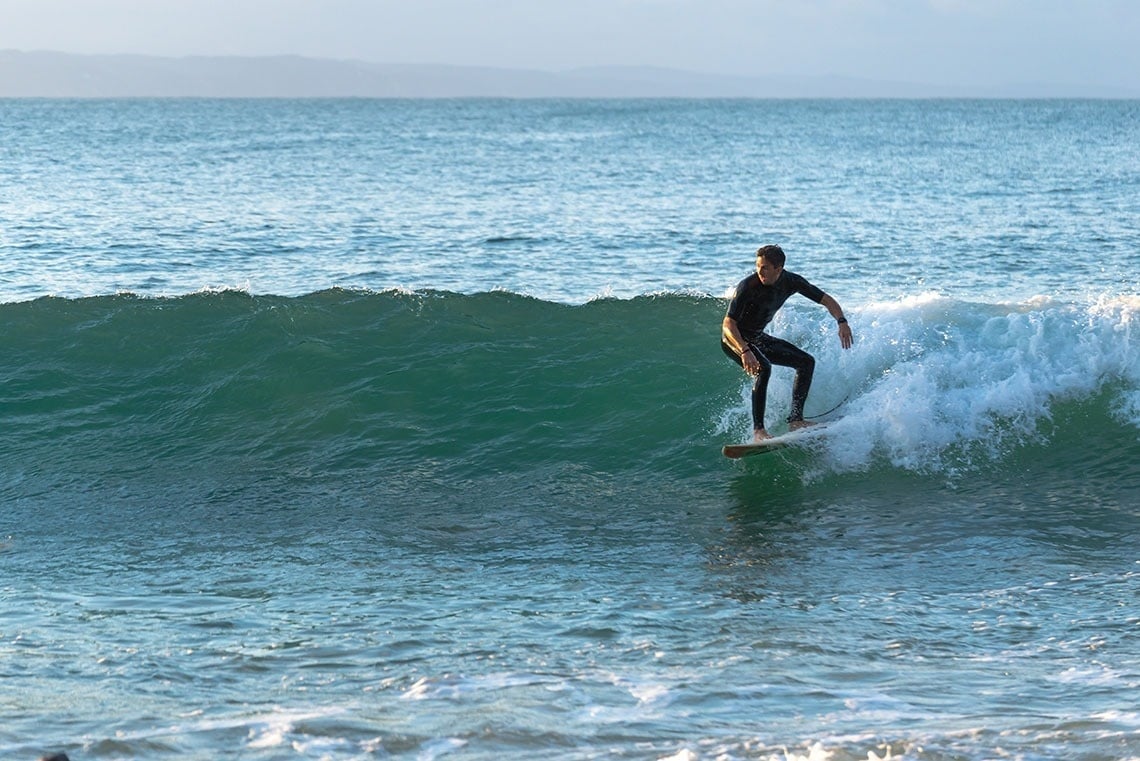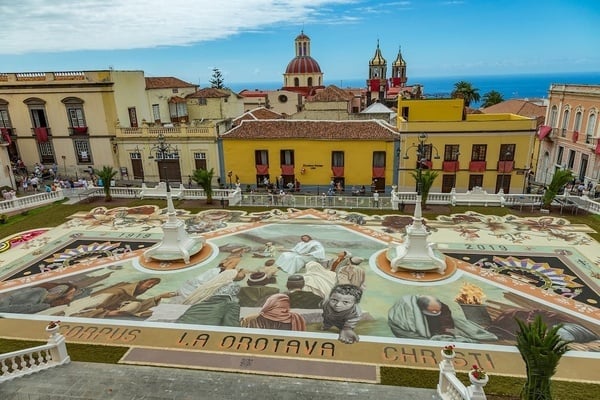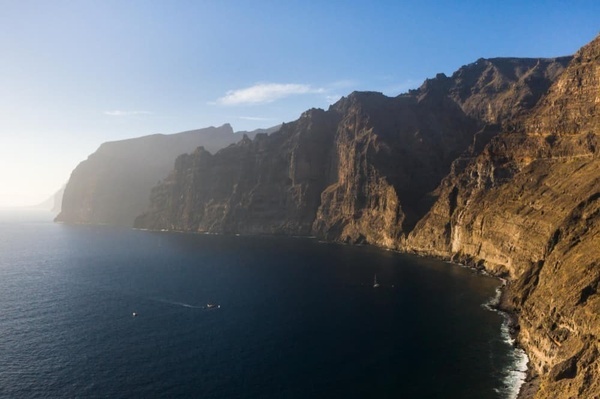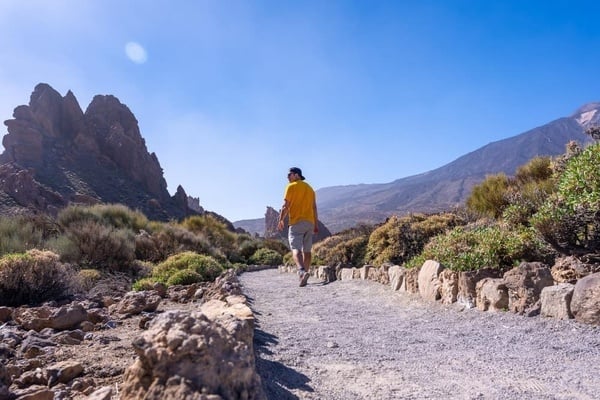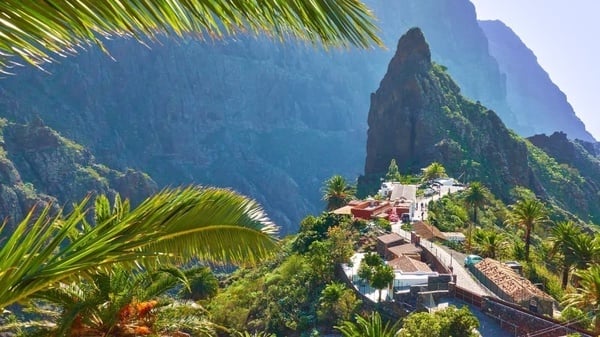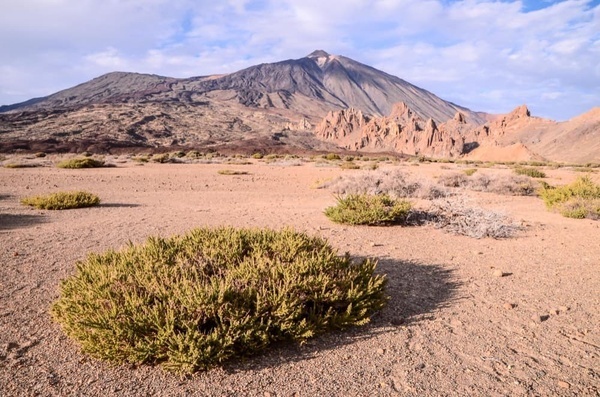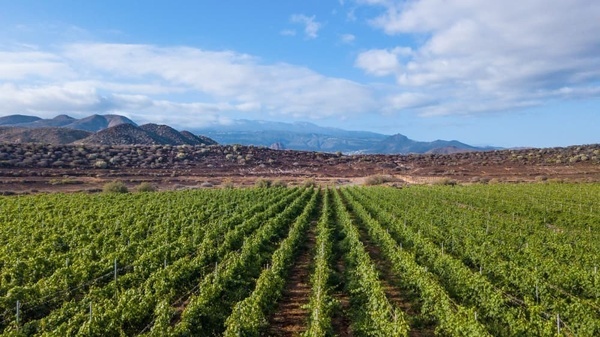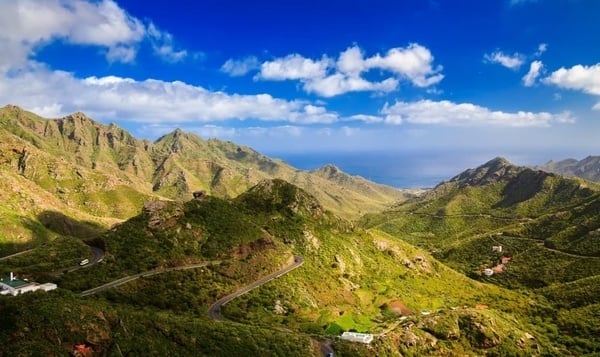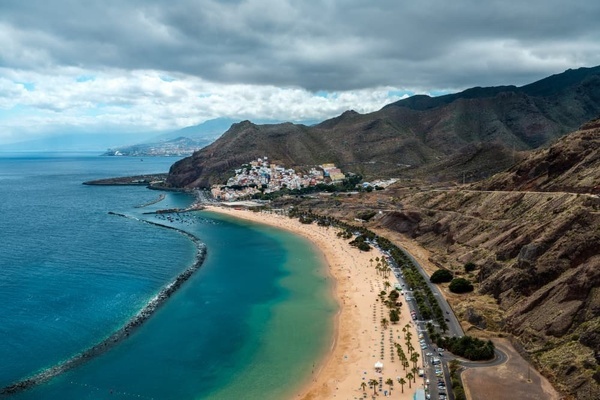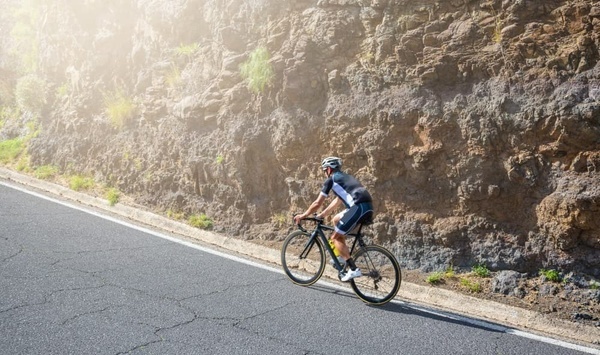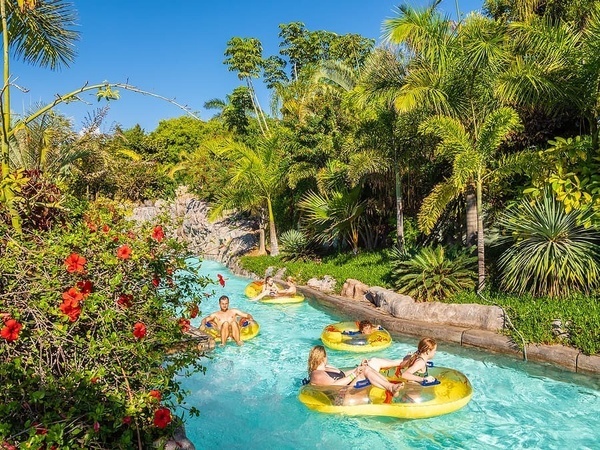EL VALLE DE LA OROTAVA
The Valle de La Orotava wines are made in the north of Tenerife, encouraged by the area’s pleasant climate and the influence of the trade winds. Its white wines are typically produced in the western part of the La Orotava Valley, with their slight touch of bitterness and fruity bouquet. The colour of these refined wines ranges from straw yellow to lemon. Its rosés are known for their raspberry tones and wild berry bouquet, while its reds are smooth, with varying bouquets and a bitter touch on the palate. Both rosé and red wine is made all over the central and eastern part of the La Orotava Valley.
Together with the banana groves in the coastal area, the vines contribute to a beautiful landscape set against the backdrop of El Teide and dotted with villages and hamlets here and there. The loose and fertile ground has a reddish tone and is perfect for the carefully tended vineyards that grow at altitudes of 400 to 800 m (1,310 to 2620 ft) above sea level.
LOS GIGANTES
The huge cliffs in Santiago del Teide are part of Teno County Park and tower up to 600 m (1,970 ft) high, plummeting straight down into the sea to create a sight that is dizzying to behold, even from below. At the foot of the cliffs, the ocean floors are some 30 m (100 ft) deep and are home to a wealth of sea life, drawing in divers and deep-sea fishing fans.
TREKKING - TRAILS
Set out on foot to discover the Island’s natural wonders and landmarks following the signposted routes classified according to their difficulty, duration and area.
MASCA
The cottages in the hamlet of Masca are all lined up along the mountain ridges. They take up almost every inch of inhabitable space, balancing on the edge of the abyss created by the Island’s deepest ravines. The Cherfe lookout point (on the road from Santiago del Teide) provides fantastic views over the hamlet.
This has always been a narrow and remote place, which was only very recently supplied with electricity, and where the roads were barely more than dusty tracks up until not long ago. In fact, for years the only means of communication with the rest of the world was the trail of Camino de los Guanches, linking Masca to Santiago del Teide. But that remoteness is precisely what has allowed it to keep its ancient charm.
Despite its small size, the area boasts a collection of valuable treasures such as the house of Los Avinculados in the hamlet of Piedra, and a tiny 18th century church. It even has a museum and a craft centre that have been set up inside one of the houses.
![Hotel Puerto Palace]()
PARQUE NACIONAL DEL TEIDE
Teide National Park is a UNESCO World Heritage Site and boasts a number of rather impressive records: It contains the third highest volcano in the world; it is the most visited national park in Europe, attracting three million tourists a year, and it is home to the highest peak in Spain, towering 3,718 metres (12,198 feet) high. In actual fact, when measured from its base on the ocean floor, its total height exceeds 7,000 metres (22,900 feet).
There are several ways for you to discover the peak of Mount Teide once you have reached the Park by car or by bus. One of them involves climbing to the summit on foot from Montaña Blanca. The walk takes several hours and includes an overnight stay at the Altavista Refuge in order to begin your final ascent just before dawn. If you would prefer a less demanding option, hop on the modern cable car that drops you off just 200 metres (650 feet) away from the crater. Bear in mind that you will need to apply for a permit to access the crater or to sleep at the Refuge.
VISIT WINERIES
Tenerife produces some excellent wines which are the highlight of the local gastronomy. The island boasts 5 denominations of origin: Abona, Tacoronte-Acentejo, Valle de Güimar, Valle de La Orotava and Ycoden-Daute-Isora. The different microclimates and drastic changes in altitude produce a wide variety of wines, some of which are exported all over the world.
Some of the larger local wineries offer wine tasting, guided tours of their cellars as well as host cultural and gastronomic events.
PARQUE RURAL DE ANAGA
Just a 30 minute drive from el Puerto de la Cruz lies Anaga Country Park, which has been declared a Biosphere Reserve and has succeeded in preserving its natural assets quite exceptionally. You would not be the first person to be besotted by its beautiful precipitous mountain chain full of sharp peaks. The deep valleys and ravines that cut across it eventually reach the sea, forming a series of beaches where you can take a refreshing dip. The area is also home to a wealth of fauna and flora with plenty of native species.
Anaga Country Park covers much of the mountain range located on the north-west of the Island. With an expanse of almost 14,500 hectares (35,800 acres), it crosses quite a significant stretch of Tenerife, spanning the municipalities of La Laguna, Santa Cruz de Tenerife and Tegueste.
PLAYA DE LAS TERESITAS
Las Teresitas is the most emblematic beach in Santa Cruz de Tenerife. Located in the town of San Andrés, this golden sandy beach is alive with palm trees and is a very popular spot among residents of Santa Cruz.
Its waters are calm thanks to the breakwaters that have been built to calm the waves, making it an ideal option for a family day out and a walk along the shore.
MOUNTAIN BIKE
The network of trails comprises four main routes, each with its own varieties and characteristics for you to combine to your liking. You will have the chance to design your own personalised route depending on the distance and difficulty of the route and the type of landscapes you are looking for.
![Hotel Puerto Palace]()
CARNIVALS OF PUERTO DE LA CRUZ
Puerto de la Cruz’s Carnival takes place during the same week as the capital’s Carnival and is one of the most traditional. Here, the festivities begin by electing the junior and adult carnival queens, followed by the Announcement Parade that marks the kick-off for the street parties.
Of course, Puerto de la Cruz hosts the most typical carnival events, such as the costume dance, the ceremonies, the parades, the great Coso Apoteosis procession and the so-called Sardine Burial. But its more unique events include a classic car rally, the announcement of the drag queen or the thrilling race for men in high heels called “Mascarita ponte el tacón”.
The festivities also include a very unique tradition known as killing the snake. This ritual of Afro-Cuban origin was brought to the municipality in the late 19th century by Canarians returning from Cuba. During the celebrations, a host of men dressed in black attempt to kill a snake, which is the symbol of evil, using a whip.
SIAM PARK
Siam Park has been named the best water park in the world for the fourth consecutive year according to TripAdvisor. With its fifteen spectacular attractions, its incredible beauty inspired by Thai culture and its luxuriant vegetation, it represents a real revolution among leisure parks.
This year, Siam Park has opened two new attractions to its guests: Datong Rapids, a route of over 235 metres full of curves and cascades which will be tremendous fun; and, Coco Beach, a children’s area of almost 7,500 square metres, designed so that children can enjoy great adventures in the company of their family.
KARTING CLUB TENERIFE
With over twenty-five years’ history, Karting Club has become a point of reference in the world of cars on Tenerife for residents’ training, for national competitions and as a leisure activity for tourists.
The senior circuit is 1,200 metres long and the minimum width is eight metres. There are three types of go-kart for this circuit.
The junior circuit has perfect technical and safety conditions, at a length of 250 metres and minimum width of eight. Ideal for children, it also has three kinds of go-kart to choose from.



